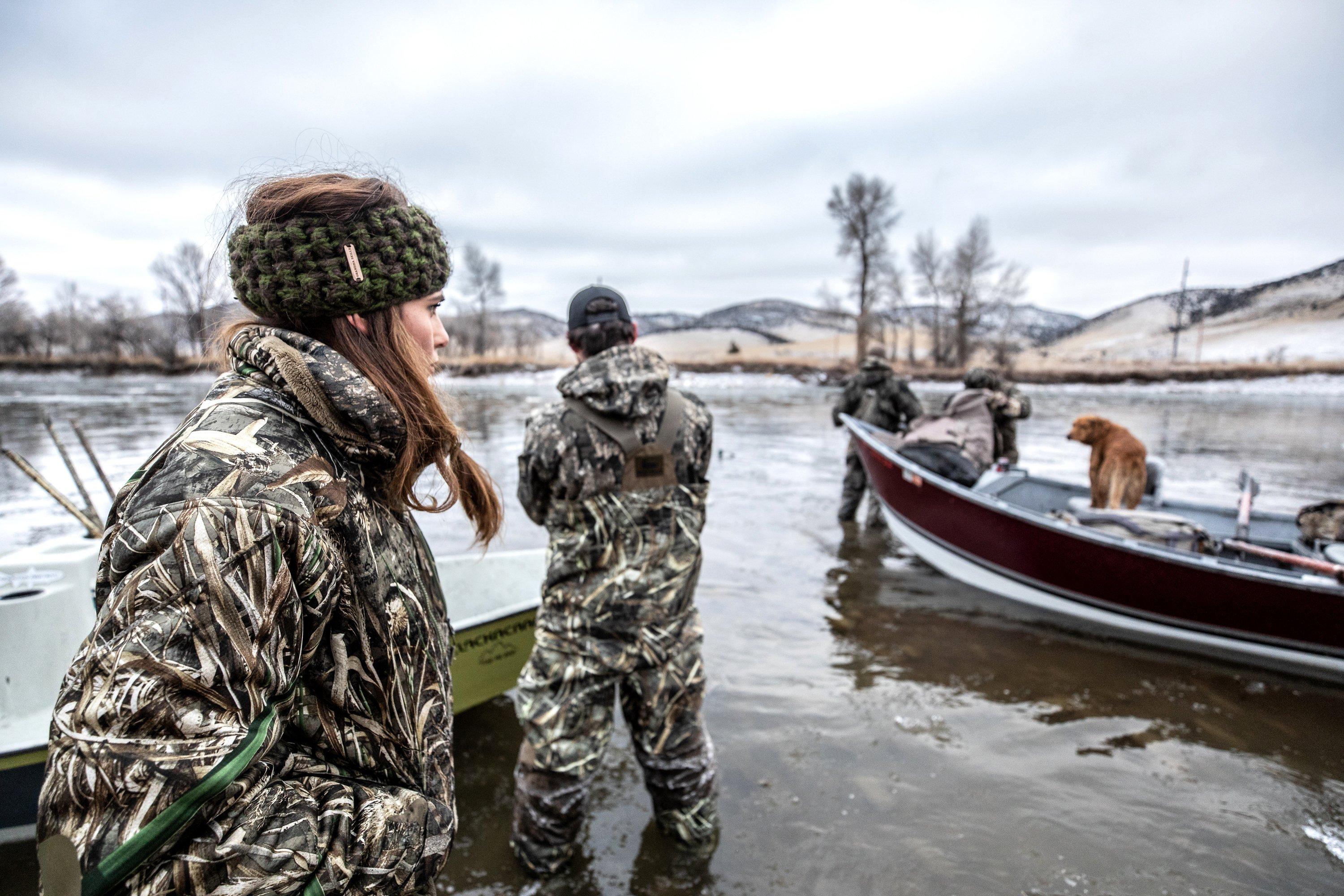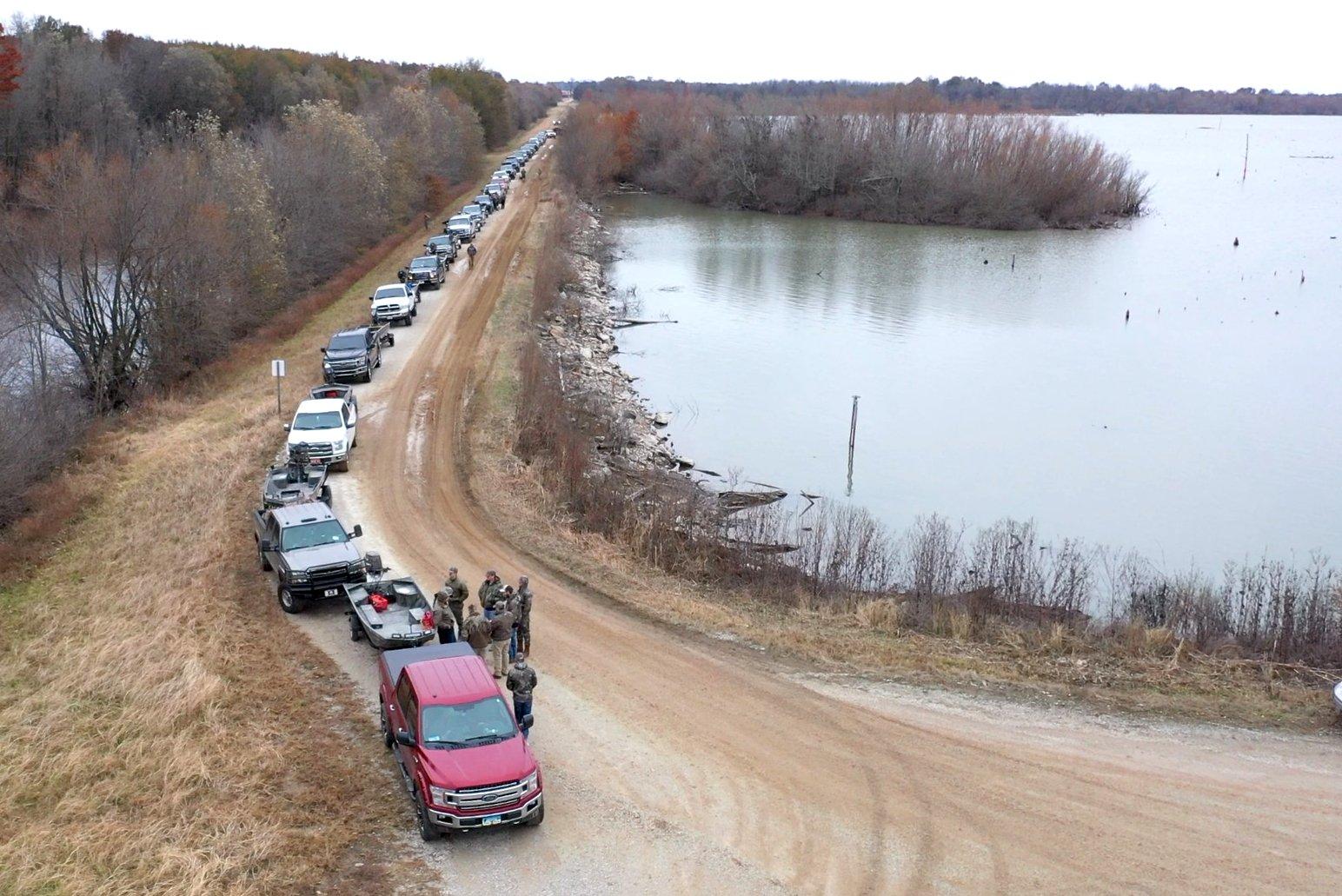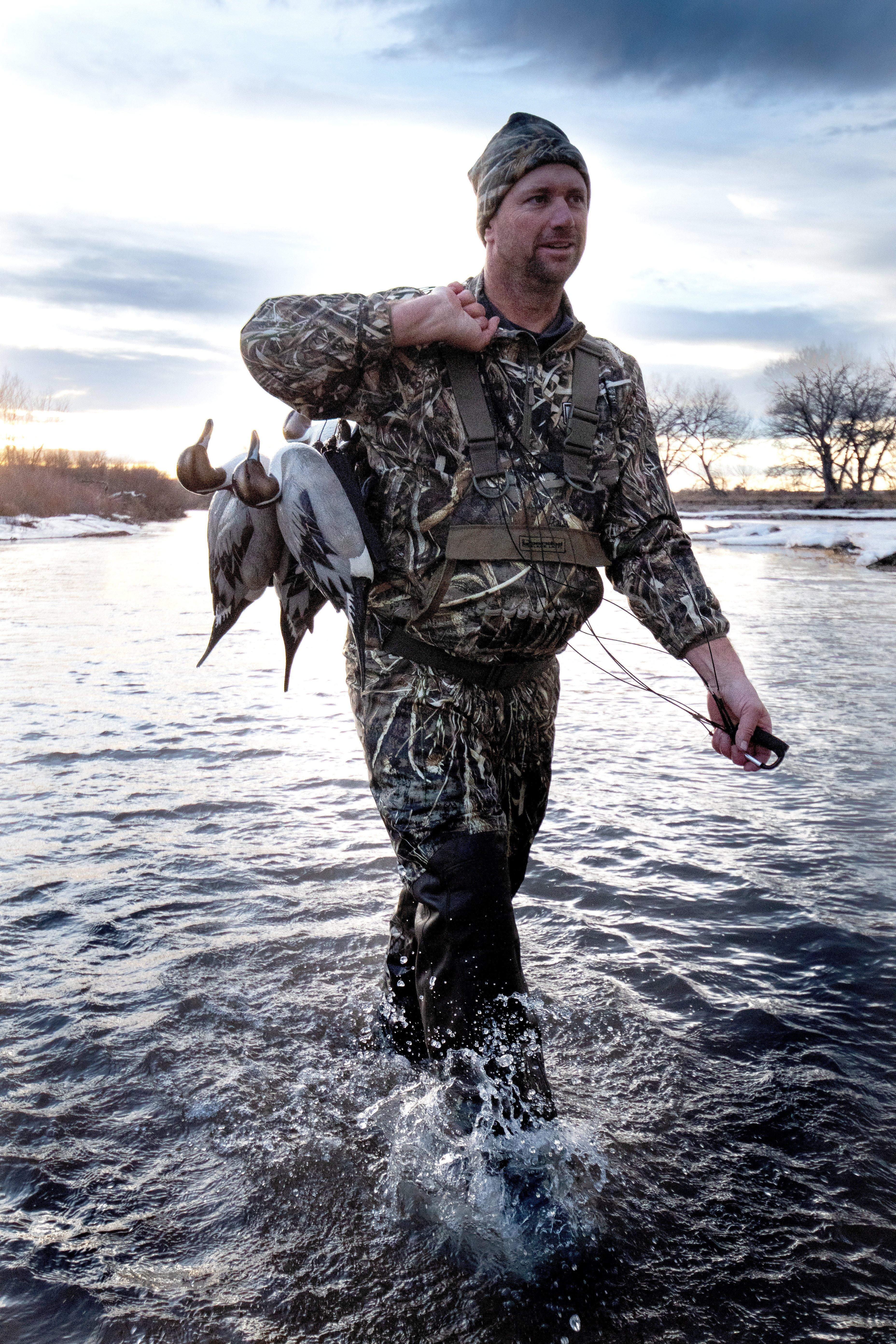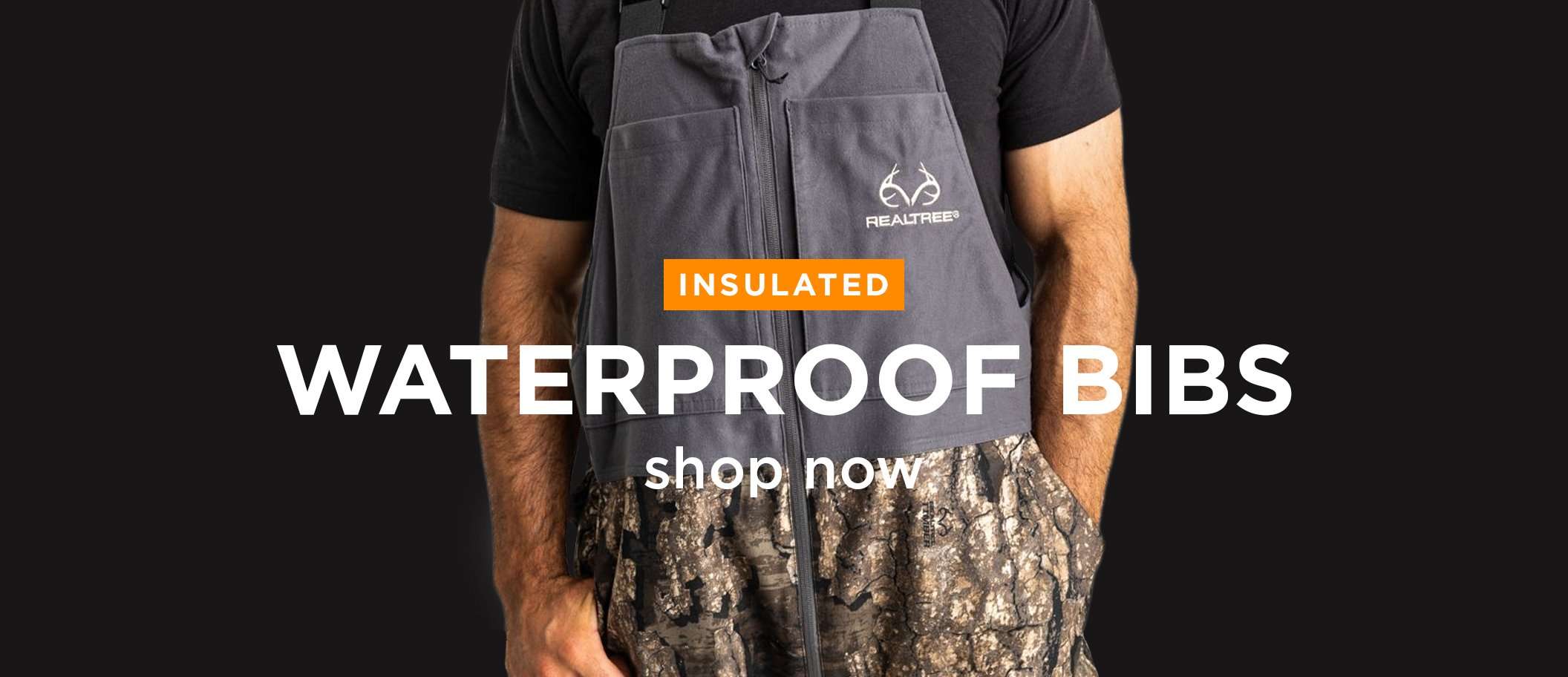Yes, hunter numbers are dropping. But that makes folks wonder why pressure seems crazier than ever nowadays. A look inside the numbers might reveal some answers — and even possible solutions

North America has fewer duck hunters nowadays than it did even a decade ago. And that’s not good for waterfowl. Photo by Nick Costat
Duck hunters have always been a contrary lot, but their latest paradox seems to be even more of a head-scratcher.
Fact: The number of North American waterfowl hunters has been decreasing for some time. That’s indisputable. Still, some folks point to crowded marshes and overflowing boat launches, maintaining that duck hunting pressure has remained consistent — or has even increased — in many areas, no matter what the numbers say.
The situation is complex and troubling. And the search for context has left waterfowl managers and hunters scrambling for answers, wondering how to preserve and enhance waterfowling and continue critical waterfowl conservation work.
THE NUMBERS
Statistics paint a clear picture. The latest U.S. Fish and Wildlife Service Migratory Bird Hunter Activity and Harvest Report indicated that the number of active waterfowl hunters in the United States decreased to 913,700 during the 2022-2023 season. That was almost an 8% decline from the previous season and the lowest number since 1962.
Waterfowl hunter numbers saw a brief increase during the 2020 season, ostensibly because of COVID-19. However, the overall decline has been consistent. For example, from 2012-2013 to 2022-2023, the number of active waterfowlers decreased by almost 235,000 — a drop of more than 20%.
The situation is even more alarming in Canada. Canadian Wildlife Service statistics indicate that 125,635 residents hunted waterfowl in 2022-2023. That’s about a 75% decrease from the 505,681 Canadians who hunted waterfowl in 1978 and the lowest number since the country began tracking hunter numbers in 1966.
“More people are falling out the bottom — exiting hunting — than are coming in the top,” Joel Brice, chief conservation officer for Delta Waterfowl, said in a recent article by Delta’s Paul Wait. “It’s people aging out and a percentage of people losing interest.”
The decline mirrors overall societal trends. Wait wrote that baby boomers — people born from 1946 through 1964 — have comprised the largest percentage of the waterfowling population for the past half-century. However, the median age of a baby boomer is about 68, and statistics show that hunters begin to leave the sport at about age 70. When the majority of boomers reach that age, Brice said, it will cause a noticeable decrease.
Other factors might also be at play, including shifting attitudes and priorities.
“The bottom line is we're not entirely sure what the drivers might be,” said Luke Naylor, wildlife management division chief for the Arkansas Game and Fish Commission. “People are busy. They have other things going on. And [hunting] maybe is just not a top priority right now. That’s what keeps people from going hunting — all types of hunting. It’s complicated.”
Of course, the prospect of fewer duck hunters might not seem that bad to some people at local or regional levels, especially in areas with substantial hunting pressure. In the big-picture view, however, the importance of strong hunter numbers is obvious.
“The number of hunters matters for political relevancy and conservation funding, but that’s not why individuals hunt,” Brice said in the Delta article. “The smaller the pool of hunters, the more easily we can be dismissed. As the population is growing, even if the number of hunters stays the same, we are a declining percentage and viewpoint of society.”
So if duck hunter numbers are down, why does it seem like your local wildlife management area parking lot is jammed every weekend? A deeper dive into the numbers and potential causes might shed some light.

If duck hunter numbers are decreasing, why are scenes like this increasingly common? The answers are complicated. Photo by Daniel Thomas
DIVING DEEPER, ASKING WHY
Observers note that duck hunter declines, although consistent overall, vary by region, even within specific flyways. For example, the Mississippi Flyway has the most active waterfowl hunters: 374,700 in 2022. That’s down from 520,500 in 2012 — a decline of about 28 percent. However, two notable states at opposite ends of the flyway displayed more significant losses. Minnesota had 90,600 active waterfowlers in 2012 but dropped to 58,400 in 2022 — a decrease of almost 36%. Louisiana fell from 103,900 active waterfowlers in 2012 to 36,100 in 2022 — a slide of more than 65%. Meanwhile, though, Arkansas had 60,500 active waterfowl hunters in 2022, compared to 57,700 in 2012 — about a 5% jump.
“If you look at the data stream, there’s no indication at all that waterfowl hunter numbers are declining here,” Naylor said, noting that Arkansas set a record for state waterfowl stamp sales in 2022-2023. “I don’t think we should expect empty marshes and empty parking lots in this state. It’s been extremely popular for many years and will continue to be for many years to come.”
In the Central Flyway, North Dakota dropped from 35,800 active waterfowl hunters in 2012 to 29,600 in 2022 — a decrease of about 17%. However, Michael Szymanski, supervisor of migratory game-bird management for the North Dakota Game and Fish Department, said those numbers don’t consider resident versus nonresident activity. From 2005 until about 2015, the state had about equal numbers of resident and nonresident hunters. The past few years, the number of resident hunters declined substantially, but nonresident numbers actually increased — about 26,000 in 2023 compared to an average of 22,000 to 24,000 in previous years.
“It’s an interesting dynamic,” he said. “It’s just a little bit more complicated than the raw number of hunters out there.”
Likewise, possible explanations about why some hotspots seem more crowded than ever also vary. Szymanski said one oft-cited theory holds water.
“In North Dakota, a lot of our access has kind of tightened up,” he said. “There are places that are not accessible to hunters now. You still have a declining number of hunters, but if you have fewer places to hunt, everybody gets squished into a smaller geography.”
Naylor wondered if waterfowler numbers of previous eras might have been boosted somewhat by more casual hunters — folks who bought licenses but hunted only in limited fashion. If that were true — and he stressed it’s only a hypothesis — it might mean that similar numbers of hardcore hunters are competing now for more limited hunting areas.
And then there’s the concept of hardcore hunters — guys who drive all night to hunt a distant state because they’ve heard a flight is in. That wasn’t easy 20 or 30 years ago. But in the modern age of real-time info and social media, it’s increasingly common.
“I’ve seen more boats and hunters in certain areas than ever before,” said Jeremy Dersham, owner of Ridge and River Running Outfitters in southern Wisconsin. “It’s a change in culture. I grew up hunting with the World War II and baby boomer generations, so keeping places and real-time information close to the chest was to be expected. This is in stark contrast to the social media and YouTube generation. The speed of information today is a different animal than it was even 10 to 15 years ago. It’s nothing for people to know specific bird numbers in certain areas, resulting in more people who have the financial resources — boats, gear, and time — to travel and hunt. There are outdoors personalities — YouTubers and influencers — who devote their time to that very subject. Lots of hunters today aren’t afraid to travel farther, and they relish in the opportunity to hunt different states and new areas.”
No matter the causes or distribution of the duck hunter decline, the dilemma still prompts an obvious question: What can we do to halt or reverse the trend?
Don’t Miss: Waterfowl Migrations are Changing. Here’s What That Means for Hunters
LOOKING AHEAD: IS THERE HOPE?
Hunters have long recognized the need to bring more people into our ranks, and R3 — recruit, retain, reactivate — has become a common buzzword with state agencies and conservation groups. Those efforts have made gains, too.
For example, Delta Waterfowl’s First Hunt program is growing. In 2022-2023, 46% of the group’s chapters held a hunter recruitment event, and 54 of those focused on adult recruits, including people aged 18 to 30, who can adopt hunting as a lifestyle quicker than youths and children.
At the state level, fresh programs seek to define why duck hunting participation is falling and then address those issues. South Dakota has implemented a plan to boost sagging duck hunter numbers by providing better access. The Mitchell Republic recently reported that duck hunting participation there decreased 29% from 2005 to 2022, and a 2009 survey revealed that two-thirds of the state’s waterfowlers had difficulty finding places to hunt, with 85% pointing to overcrowding as the No. 1 concern. The new program will work to acquire leases in the James River and Big Sioux River watersheds from landowners who agree to create public hunting areas. It will also create new routes to public spots that are currently inaccessible to people unable or unwilling to travel through mud or waist-high water. Another portion of the program will focus on enhancing hunting infrastructure — boat ramps and parking lots, for example — at public properties. Twenty sites have been targeted.
“Continent-wide, all we can do is keep working to provide quality wetland habitat and connecting interested hunters to those locations,” Naylor said. “We try to work on quality hunting experiences that might retain these folks as hunters.”
As you might guess, government and conservation groups cannot accomplish that alone. Ultimately, it’s up to the waterfowling community to create and keep new hunters. And that might require efforts and conversations that go beyond typical youth hunts and recruitment events.

Time will tell whether we can recruit more people into the ranks of duck hunting. Photo by Forrest Carpenter
“A constant conversation is getting kids involved, such as taking your children, nieces, nephews, or neighbor kids on a hunt each year,” Dersham said. “This is great, but typically kids are reliant on adults for all time and money management. So bringing new contributing hunters into the fold needs to take a different approach. That means getting out of our own comfort zone and talking to others who aren’t as privy to the waterfowl world as you are. That might mean going the extra mile and inviting a work colleague, neighbor, or associate you met through another function. It’s finding some commonalities in life ventures and showing all your enthusiasm for the world of waterfowl — creating a spark. I’ve personally been on many hunts with newcomers and have seen the spark come alive. It’s an incredible feeling.”
CONCLUSION
Only time will tell whether waterfowlers can reverse the hunter decline and keep the duck hunting tradition thriving into the next decades and centuries. If there’s a reason for hope, it lies in the passion and commitment hunters have for waterfowl and conservation.
“Hunters do care about this,” Naylor said. “We have to make the connection with folks — make that connection with people. With new hunters or old hunters, how can we maintain their interest and maintain participation in hunting? There are people out there who are willing to try [duck hunting]. Breaking down whatever barriers exist to get folks to take that first step from hunting with a mentor and continuing on, it’s a challenge.”
Dersham said he views the hunter recruitment dilemma as just another page in the evolving world of waterfowling. And he’s staying optimistic, knowing what’s at stake.
“Waterfowl have altered my life in so many incredible ways,” he said. “One of my many goals is to have my kids and future grandchildren have the opportunity to experience these magnificent birds like I have.”
Don’t Miss: What’s Your Second-Favorite Duck or Goose?












